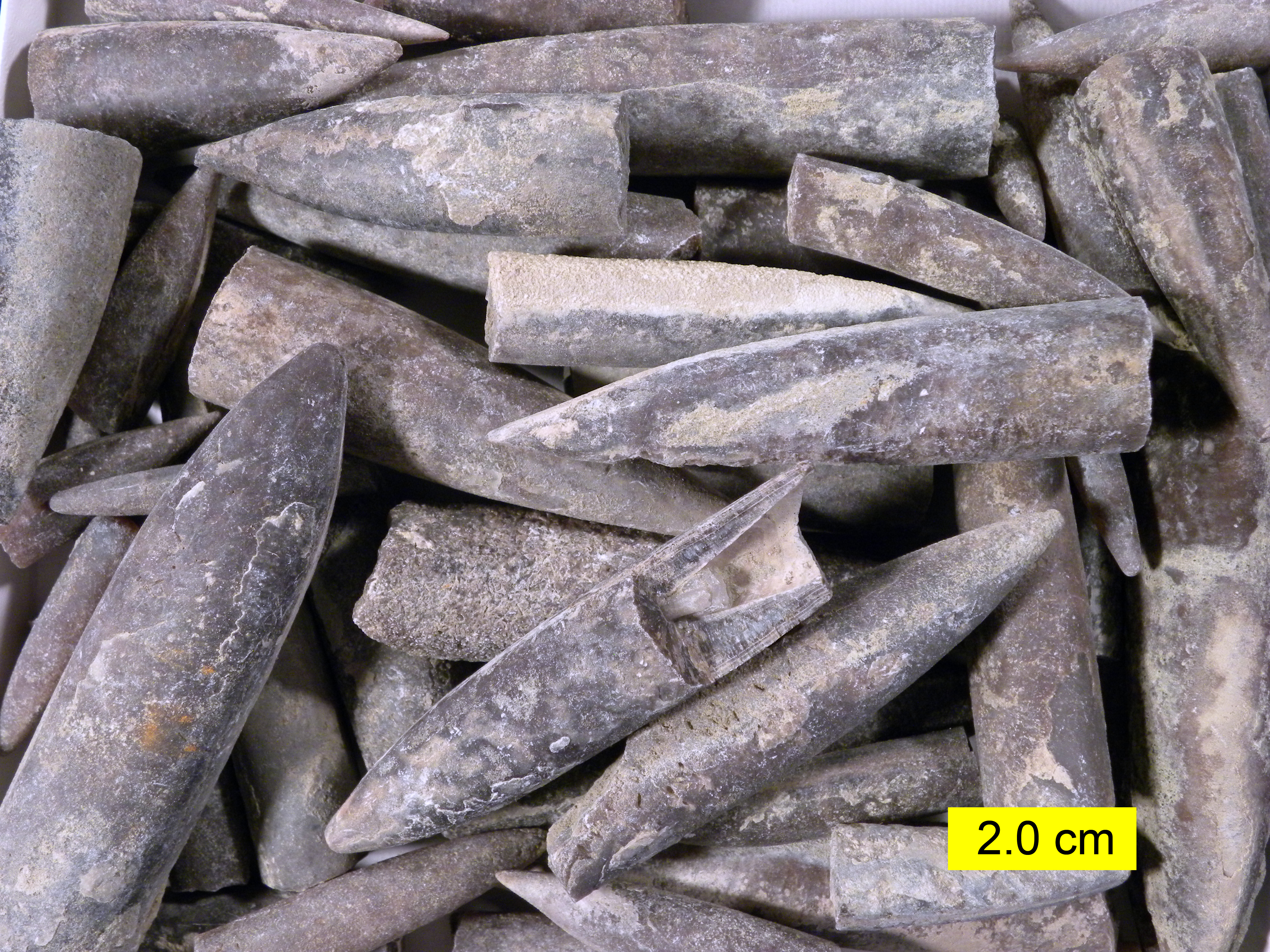
How much evidence is there?
Posted at 09:00 on 14 August 2017
Many debates about creation and evolution fail to appreciate the staggering amount of evidence that there is out there. Joel Duff, a Christian biology professor at the University of Akron in Ohio, has written about this on his blog, The Natural Historian, which examines the evidence from the fossil record in some detail, along with young-earth creationist responses to it. He points out, for example, that:
- In Africa, the number of stone tools runs into the trillions — far, far, far too many to have been made in a fraction of six thousand years. Answers in Genesis responded to this article, saying that they could just as easily have been created randomly by stones knocking together in the Flood. Dr. Duff responded with a series of articles pointing out that they weren't getting their facts straight. Deciding which were stone tools and which were not is not just guesswork; it is a rigorous and systematic discipline, and researchers tend to err on the side of caution, assuming a natural origin to anything that they find to be ambiguous.
- The number of fossils in the fossil record runs into the quintillions. In just one part of Wyoming, for example, there are over a quadrillion fossils of just one species of belemnite — a squid-like creature that was about 1-2 feet long.
Estimates such as these are examples of Fermi problems. By coming up with some educated guesses (or known values) for the relevant quantities, we can then come up with an estimate for, say, the amount of kinetic energy in a hurricane. Overestimates and underestimates usually cancel each other out, and the end result will typically be well within an order of magnitude of the true figure.
How much radiometric data is there in the scientific literature?
It's possible to estimate this value in a similar way.
First, how many geologists are there in the world? According to this blog post, about 500 geology students graduate in the USA every year. In China, on the other hand, there are probably about 40,000-50,000 geology students at any one time. This means that China must be graduating about 10,000-15,000 geologists every year.
I shall assume that the figures for the rest of the world per head of population are similar to those of the USA. Since the USA's population is about 320 million and the rest of the world's population is about 6 billion, this would suggest that about 10,000 further geology students graduate every year. Thus, there must be about 20,000-25,000 new geology graduates a year.
Now let's assume that just one in ten of these graduates end up working as professional geologists, and that their average career length is about 40 years. This means that there would be about 80,000-100,000 geologists worldwide.
So how many radiometric dating results would they be churning out? In the first five years of his career, young-earth creationist geologist Andrew Snelling is listed on Wikipedia as having published an average of one paper per year in the scientific literature, most of them with one or two collaborators. Your average geologist is probably more productive than that, but I shall assume that this figure is fairly typical. I shall also assume that each publication in the literature contains an average of one radiometric result — some will contain more than one, but others will not contain any.
80,000 geologists, working in teams of an average of 2.5, publishing an average of one radiometric result per year, would mean about 32,000 new results per year. This means that in the last thirty to forty years or so, about a million new radiometric results could easily have been published.
Checking this estimate with Google Scholar
After writing the first draft of this post, it occurred to me that there is another way to estimate how much radiometric data there is in the literature: Google Scholar. We can do some simple searches for the most common radiometric dating techniques such as K-Ar, U-Pb, Rb-Sr, and so on.
A search for "K-Ar" (excluding citations and patents) returns about 360,000 results, with about 4,990 in 2016 alone. A search for "U-Pb" returns about 503,000 results, with about 11,200 in 2016. A search for "Rb-Sr" returns about 217,000 results, with about 6,170 in 2016. Even allowing for duplicates and false positives, it seems from these searches that my Fermi estimate came within a factor of two or so of the actual end result. It's quite clear that we're talking about hundreds of thousands of results, with tens of thousands of new ones being added every year.
Next time, we'll ask a related question: how reliable are these hundreds of thousands of results?